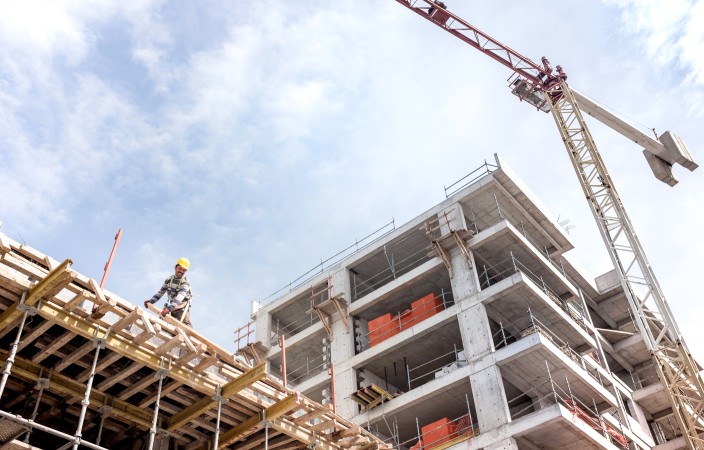Epoxy repairs get another tick, and no building consent required: Moorhouse Commercial Park Ltd v Vero Insurance NZ Ltd [2022] NZHC 3260

Another judgment has been handed down in a long-running earthquake insurance dispute, this time concerning a block of light industrial/utilitarian buildings on Moorhouse Ave.
As is typical in cases of this kind, the disagreement between Moorhouse and the insurer Vero centred primarily on what the policy standard required, what the earthquake damage was, and what repairs would meet the policy standard. Also in issue was whether the repairs required a building consent.
Following a long line of earthquake cases, Justice Dunningham was satisfied that the policy standard did not require the building to be reinstated exactly as it was when it was new, but to ensure that it was, in large part or in essence, restored to that standard. This afforded “a modest degree of leeway to an insurer as to how reinstatement is to be achieved”. The insurer was also not required to meet the cost of a more expensive repair option where the cheaper substitute would perform the same function.
She also found that repairs were not required to bring damaged portions of the building up to modern standards except where that was required by legislation.
One of the key issues was the use of epoxy resin to repair cracking in concrete, which was the subject of considerable expert debate. The Court found that:
The expert evidence demonstrated that epoxy resin is an established and widely used method for the repair of concrete structures which have been earthquake damaged, to restore their pre-damage strength.
There is considerable international guidance on the use and efficacy of epoxy resin and it is a mainstream method for repairing earthquake damage. Epoxy and concrete were comparable materials in a number of respects.
There were few practical difficulties with using epoxy and repairs could be carried out even when the crack was very fine, or there was only access to one side of the crack.
After considering evidence given by structural engineering experts on both sides, the Court ultimately preferred Vero’s scope of repair.
The Court also agreed that the work didn’t require a building consent, as it fell within the general repair, maintenance and replacement exemptions in Schedule 1 of the Building Act. The repairs to be undertaken were generally comparable to what was existing – for example, the roof was being replaced with new profiled metal cladding, which was comparable, in the same position, and used similar construction methods. The epoxy repairs were also exempt work under the Building Act, and this was supported by the specific MBIE Determination 2013/071.
The decision contains a number of helpful findings, and the detailed discussion on the literature surrounding epoxy repairs is particularly useful. Get in touch with our construction law experts to discuss the implications of this decision for you.
